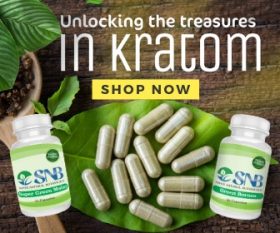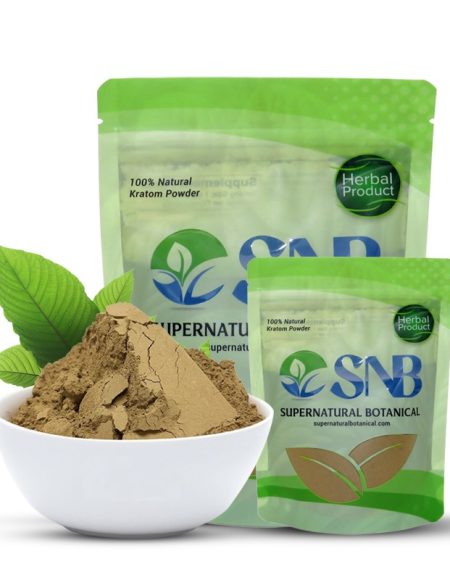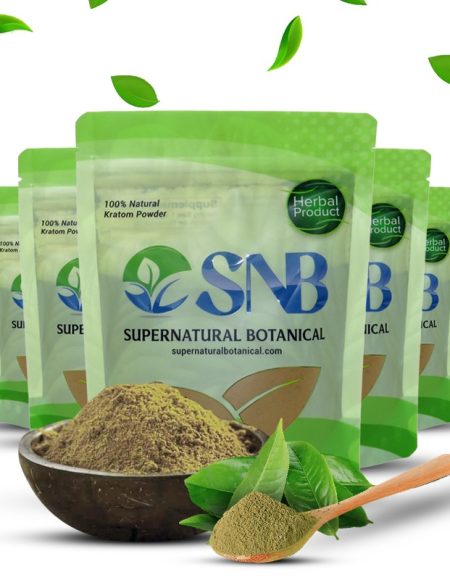If you were to ask seasoned Kratom users, a big chunk of them would have never imagined the launch of a full, well-guided documentary on Kratom, especially considering its controversial reputation in the market just a few years ago.
That’s right! Back in the day, conversations around Kratom, let alone, were deemed controversial, and we’re not even talking about the herb itself.
However, things have changed a lot since. We’ve noticed a big shift in people’s perception and behaviors toward using Kratom for medicinal purposes and acknowledging its potential to help manage symptoms of various chronic conditions. Most of the credit goes to the emerging research studies that attested to Kratom’s medicinal properties. However, the same credit must also be given to many documentaries released post-Kratom controversies to clear its name, advocating for its potential therapeutic benefits.
Among many films, A Leaf of Faith is probably one of the best documentaries that helped people realize Kratom’s potential in managing many of their conditions.
So, here we are: Reviewing the very film for you.
A Leaf of Faith: The Review
The documentary film “A Leaf of Faith,” directed by Chris Bell, dives deep into the most controversial botanical of all time: Kratom — a tropical tree native to Southeast Asia — and its purported benefits and risks. Released in 2018, the film provides an extensive exploration of the cultural, medicinal, and regulatory landscape surrounding Kratom, offering viewers a detailed stance on the said, widely debated herb.
Film Synopsis
The documentary begins by introducing Kratom, a plant commonly known for its psychoactive properties and traditionally used for its stimulant and pain-relieving effects in Southeast Asia. The director, Chris Bell, was on a mission:
- To shed light on the controversy surrounding Kratom and the DEA’s consideration of scheduling it as a controlled substance.
- To present a balanced perspective on Kratom by interviewing a bunch of people, all with different processions, to explore Kratom’s potential benefits and risks in order to gain a more informed dialogue and understanding.
And he definitely succeeded.
While investigating Kratom’s popularity in the United States, where it has gained traction as an alternative remedy for various ailments, including discomfort due to chronic health conditions, opioid addiction, feelings of uneasiness, and melancholy, Bell conducted interviews with experts, researchers, and Kratom advocates. These interviews turned into a bit of a merry-go-round, with all shedding light on the complex pharmacology of Kratom and its potential therapeutic applications.
However, Bell didn’t just sit with professionals here; he had long-term Kratom users sit on the couch and tell him what kept them using Kratom. And there came only two reasons:
- To manage discomfort related to any chronic condition.
- To overcome addiction and Kratom seemed to help them a lot in this regard.
One notable opponent featured in the film is Rep. Kristin Jacobs, who was steadfast in his stance on the DEA’s proposed ban on Kratom as a Schedule 1 narcotic. In contrast to him, Dr. Chris McCurdy, a chemist at the University of Florida, offered his convincing views in favor of Kratom’s medicinal potential, based on his research in the field. Yet, the film also features opposing opinions, like those of Dr. Deborah Mash, who sees Kratom as nothing but a pathway to opioid addiction for everyone.
With that said, the documentary also touches on the controversies surrounding Kratom, especially its legal status and safety concerns across the world. Moreover, the film briefly looked into the regulatory efforts to ban or restrict Kratom and its use, pushed by people’s fears of addiction, adverse effects, and potential fatalities. Bell, however, disagrees with these ideas and believes that more research has to be done on Kratom’s cons and pros before for better understanding.
The Key Takeaways
This film highlighted one key information about Kratom:
Before Kratom’s official, not-so-official hearing as the most controversial sedative herbal drug to ever exist on earth, it had always been a cultural phenomenon in the Southern region of Asia.
That’s right! Kratom has always been worshipped (figuratively) as a medicinal marvel in SouthEast Asia for its all-natural calming, relaxing, and discomfort-relieving effects, to the point that it had even become an integral part of social rituals for generations. Considering this, Bell highlighted the cultural differences in attitudes towards psychoactive substances and alternative medicine by contrasting the historical perception of Kratom with its current controversial position in Western society.
Now, coming to the regulatory challenges and public perception, Bell’s documentary also dived deep into Kratom’s challenges in getting classified ‘legal” by government agencies. All reasons point to its potential opioid-like withdrawal symptoms, addiction issues, and side effects. And once again, Bell questions the reasons behind these efforts, pushing for decisions grounded in evidence rather than fear.
Like every other movie released with the intention to clear the name of something or someone, “A Leaf of Faith” also has its flaws. If we’re to name a few: its low production values and not-so-thorough scientific approach made it hard to overlook the film’s imperfections. Nevertheless, it effectively communicated what the team Kratom always wanted to hear and advocate for.
Wondering where to watch A Leaf of Faith?
You can now stream A Leaf of Faith for FREE on Tubi. However, if you’ve subscriptions for Amazon Prime, VUDU, Google Play, and iTunes, you can enjoy your film buffer-free there!


Evelyn is an avid enthusiast of kratom. She is heavenly driven by a passion for alternative remedies and natural wellness solutions. With a background in pharmacology, she dedicates herself to staying at the forefront of research and developments in the field.
As a writer and content creator, Evelyn produces informative articles, blog posts, and videos, covering a wide range of topics that includes benefits, risks, usage tips, and the latest research findings. She aims to empower individuals to make well informed decisions about their health and wellness journey through her work, and promote safe and legal access to Kratom.
Learn more about our editorial process over here.



















